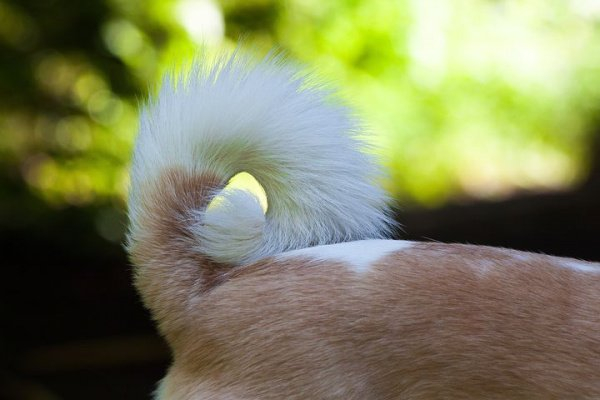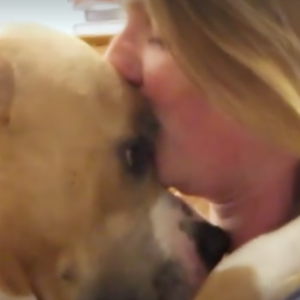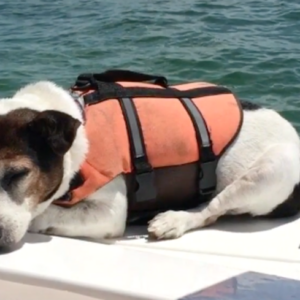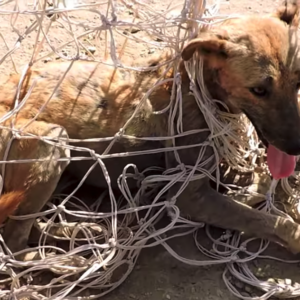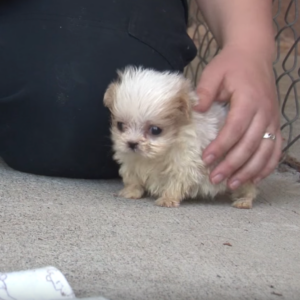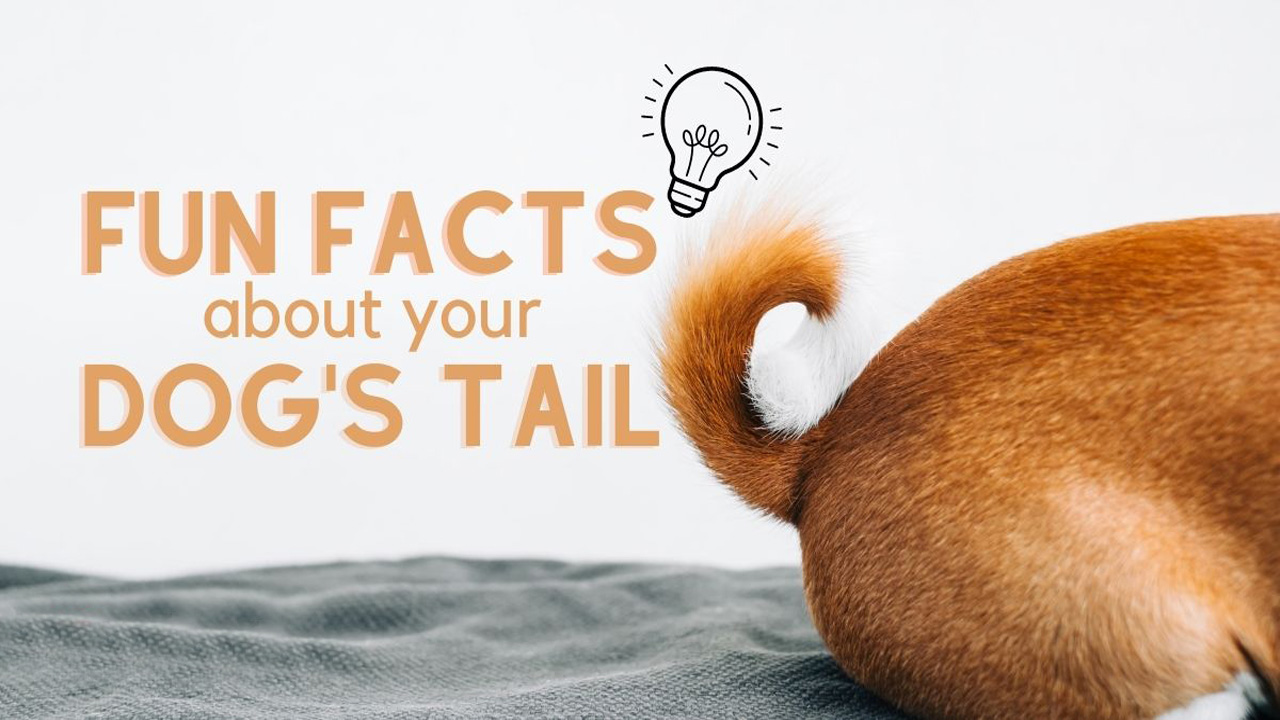

From brief to long, from barely there to full, straight to curly, every dog has one and also they are all different.
What are we talking about? Your dog’s tail, of course! We all know (or at least we believe) that a dog wags their tail to let everyone know they more than happy. But that exact same appendage can be used to indicate much more than just happiness. Did you know your dog uses their tail for greater than just a communication tool? Consider these enjoyable facts about your dog’s tail as you learn that it is not just a useful accessory.
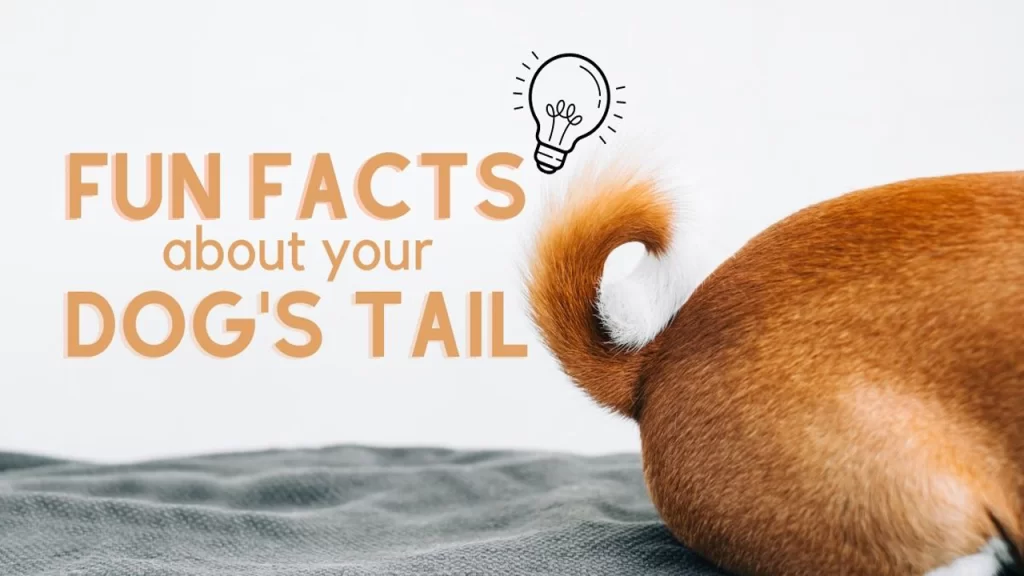

1. Never ever When Alone
In a research study published by Animal Planet, it was kept in mind that while your canine might wag their tail when happy, they only do so in the presence of people or other animals. You can leave their beloved toy in the room or a tasty snack, and that tail stays put– it just wags when there are others around.


2. Tail Chasing Can Show a Problem
All of us love to see our dogs chase their tail in circles from time to time. Allow’s face it, this can be fun for a few moments. But the reality is that continuous tail chasing can be an indication of a deeper trouble such as OCD. Yes, that’s right, your dog can struggle with obsessive-compulsive disorder, which may be treatable by your veterinarian. If stress is the problem, the habit can be remedied through enjoyable tasks like extra walks and games of fetch.
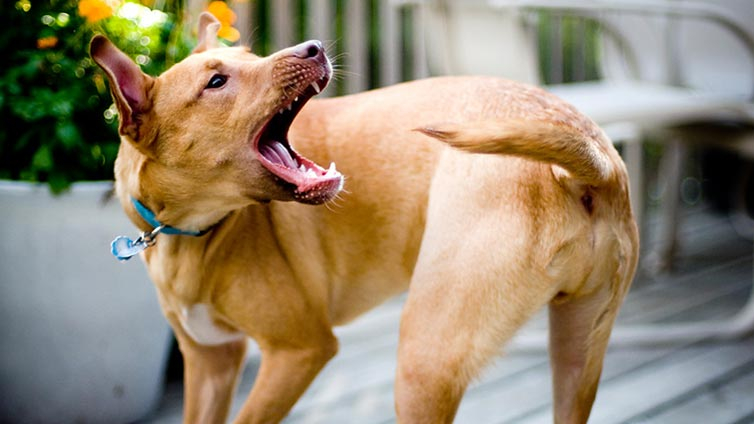

3. Your Dog’s Tail Can Talk
Have you ever before saw that your dog wags their tail in different directions? Specialists agree that if your dog is waving their tail to the right, they are happy or relaxed. But on the other hand, if they are wagging their tail to the left, they might be really feeling anxious, worried, or endangered. As humans, noticing these subtle messages can be hard, however you can bet various other dogs recognize them really clearly.
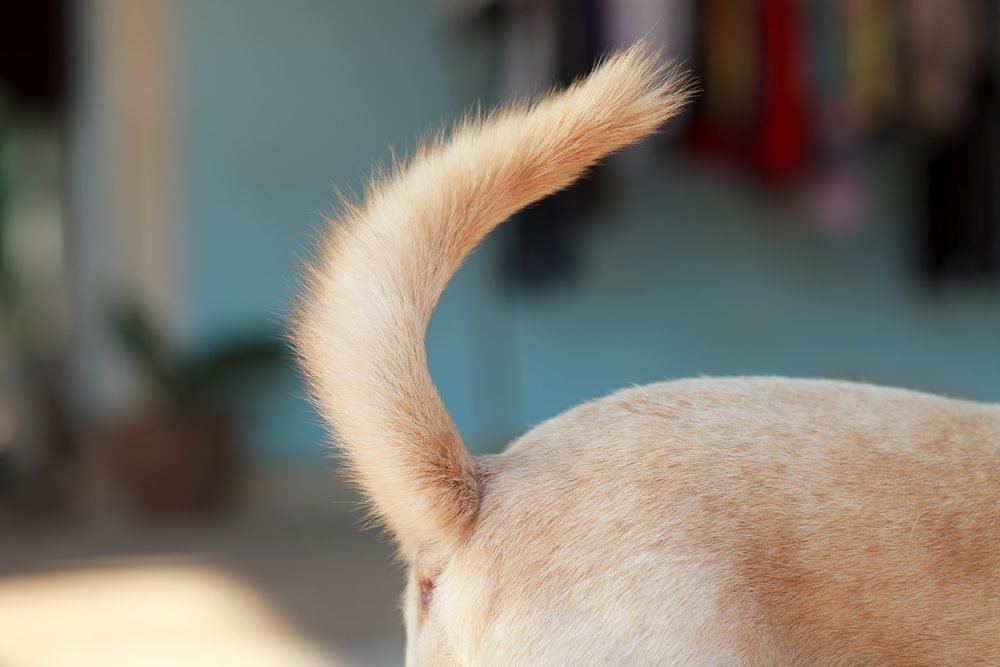

4. It’s a Balancing Act
Animal specialists think that the tail evolved as a way to assist dogs maintain their balance when walking along narrow steps or paths. While they might no longer need this type of help, that tail has found numerous other uses.
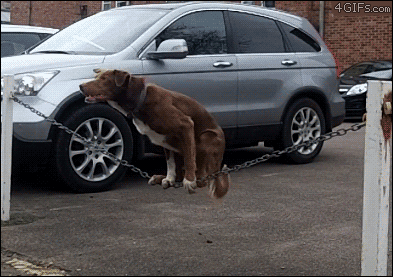

5. Tail-Wagging is a Learned Behavior
Dogs do not start wagging their tails the min they are born, it is a skill they need to learn. Many pups will begin wagging their tail around one and a half months after they are birthed as they attempt to “communicate” with their brother or sisters and their mother.
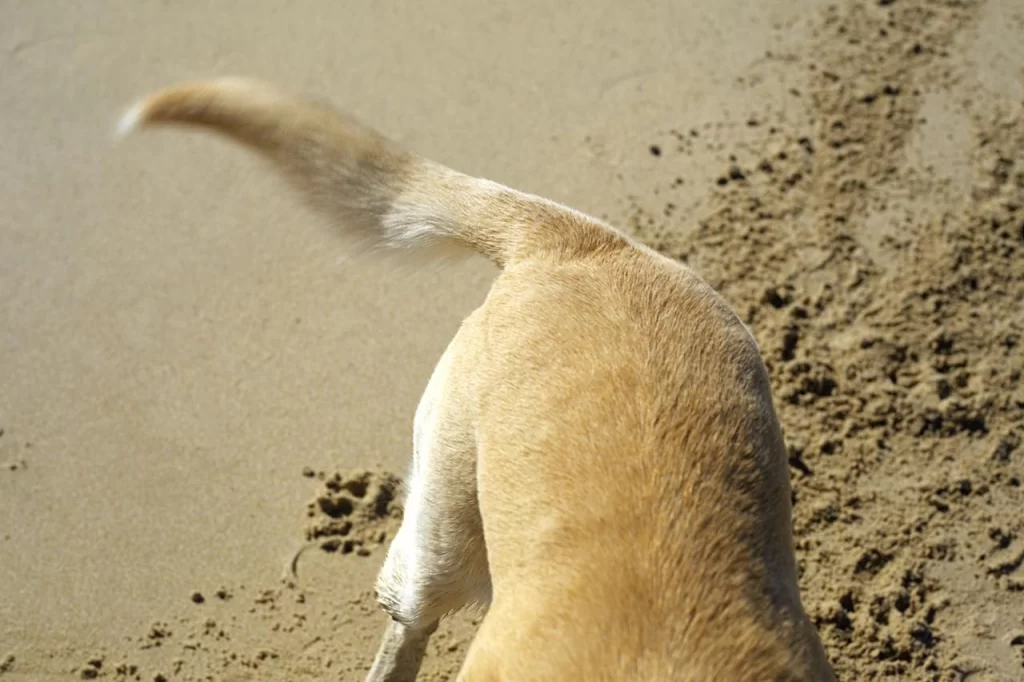

6. Go Paddle With Your Dog
Most dogs love to swim, however what you may not know is that there are a number of breeds, such as retrievers, who use their tail as a paddle or rudder to help them move via the water.
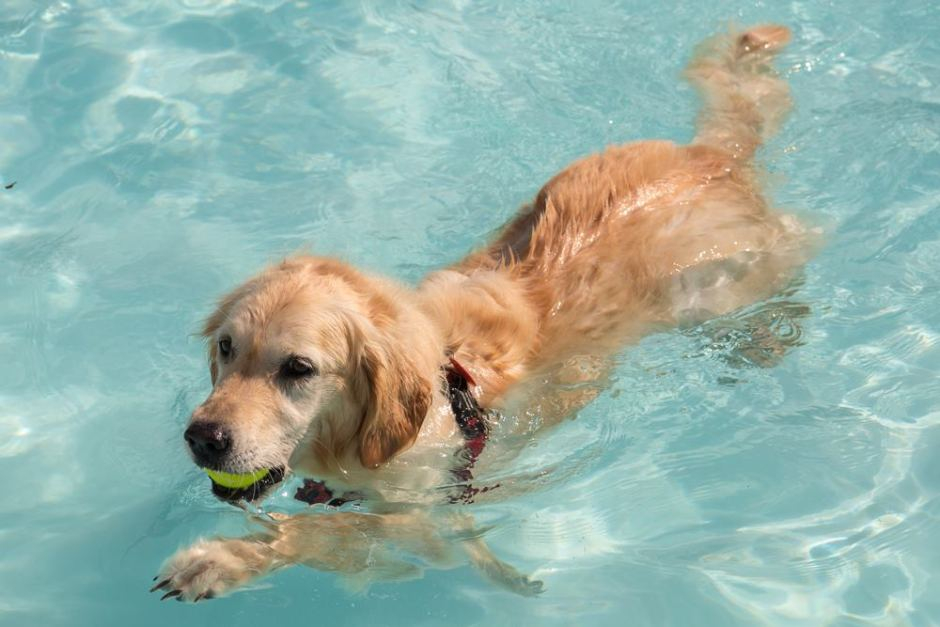

7. An Extension of the Spine
Your dog’s tail is actually an outside extension of the spine. It has its own discs, muscles, and also supports. Being more revealed than the remainder spine, the tail is far more susceptible to injury, however in many cases will certainly recover completely.
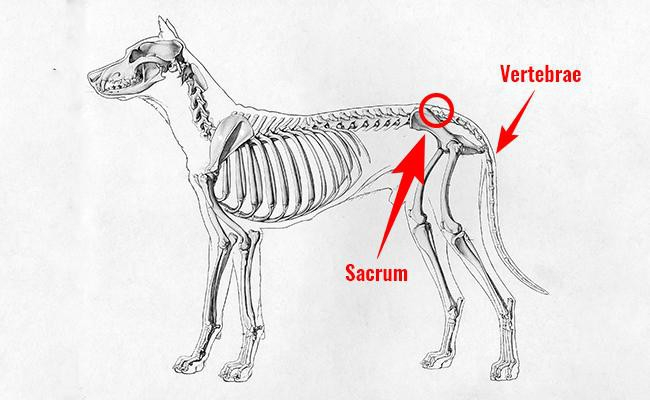

8. Marking Territory
Alpha male canines hold their tails high when marking their territory. By being able to hold their tail high, your dog can release more of scent from the anal glands. At the same time, if your dog is scared or really feels threatened, they will certainly tuck their tail between the legs so as not to release any scent. They might also use the tail like a fan to spread their scent in the air.


9. Your Dog’s Tail is Special
Have you ever noticed that your furry friend’s tail is special and fits their body just right? The long and also straight tail of the German Shepherd complies with the distinct lines of their stance and gait. Another good example is, the tail of the Beagle is perky and also active just like their personality.
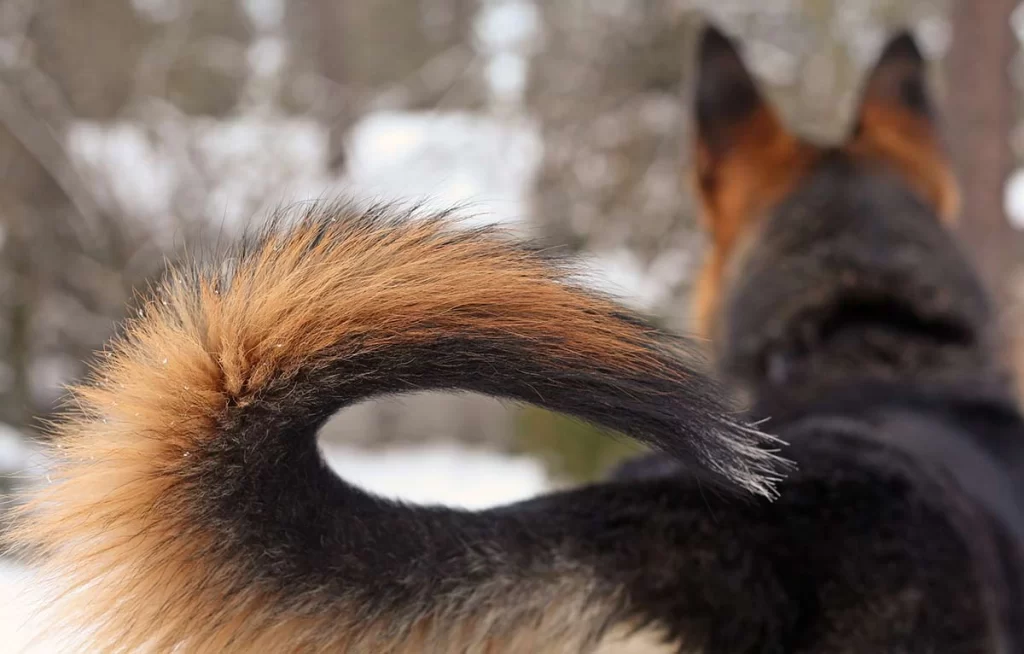

10. Dogs Without Tails Are Expressive, also
We know what you are thinking – what regarding dogs without tails? Breeds that are tailless, like the English Bulldog or the Boston Terrier have other ways of connecting that are just as cute and expressive as the tail-wagging wonder. Believe big ears, or eyes that convey a special feeling. In addition to these dogs have butt-wagging down to a science!
